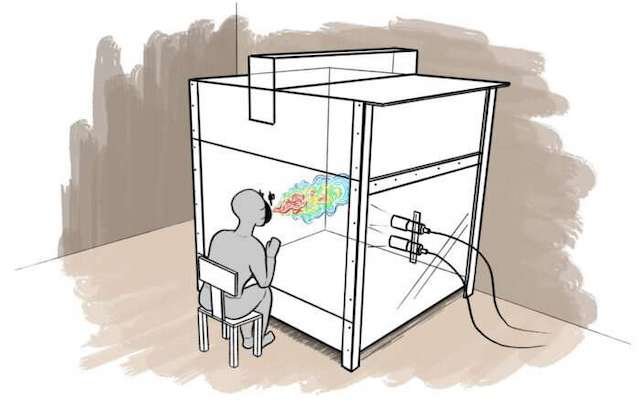
In a new study, researchers found that two meters might not be far enough away if someone lets an uncovered cough loose in your direction.
This means sneeze and cough etiquette is more than a simple social nicety, but a key to stopping the spread of diseases like COVID-19.
The research was conducted by a team at the University of Western Ontario.
The team explored cough airflows produced by people naturally infected with seasonal influenza in order to better understand how the environmental conditions affect the physical transmission of the infection.
They showed that as much as 10% of the fine droplets from the cough remain suspended in the air even after four seconds.
Health Canada, joining with health agencies around the globe, has advised people to cough and sneeze into their elbows, not their hands.
While breaking a long-held habit for many, the shift prevents infection from being transmitted to frequently touched surfaces, like doorknobs, ATMs or touch screens.
Savory’s findings add to calls for these efforts in combination with social-distancing measures during the COVID-19 pandemic.
The team intends to examine the pathways of COVID-19 droplets through the air and analyze different material surfaces in order to verify its survivability under different temperature and humidity conditions.
This further investigation will be conducted in Western’s ImPaKT containment laboratory where Arts and his collaborators are actively developing an effective COVID-19 vaccine.
These findings are further useful when quantifying air movement from coughs in health-care settings, as well as when identifying safe separation distances for the mitigation of person-to-person virus transmission.
The lead author of the study is Mechanical and Materials Engineering professor Eric Savory.
The study is published in Progress in Canadian Mechanical Engineering.
Copyright © 2020 Knowridge Science Report. All rights reserved.



